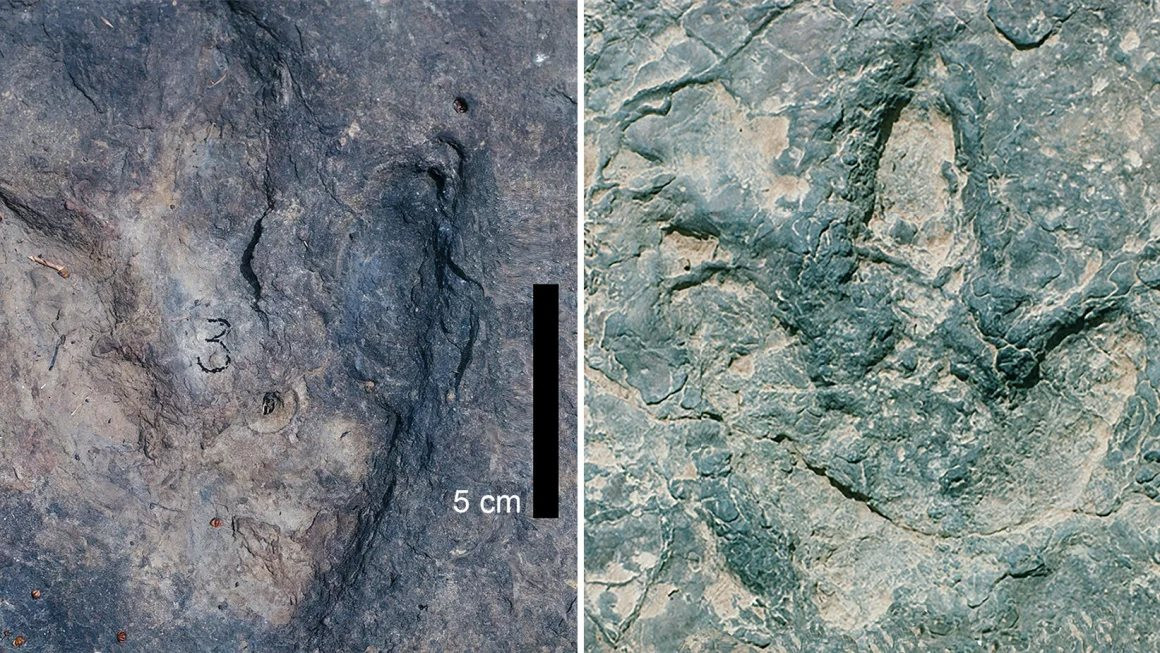
Paleontologists have found more than 260 dinosaur footprints from the Cretaceous period in Brazil and Cameroon, now more than 6,000 km apart on opposite sides of the Atlantic Ocean.
The footprints are similar in age, shape and geological context, said Louis L. Jacobs, a paleontologist at Southern Methodist University in Texas and lead author of a study describing the tracks released by the New Mexico Museum of Natural History and Science on Aug. 26.
Most of the fossilized footprints were made by three-toed theropod dinosaurs (meat-eating dinosaurs), while a few likely belonged to heavy, four-legged lizard dinosaurs with long necks and tails or ornithischians (herbivores), which had a bird-like pelvic structure, said study co-author Diana P. Vineyard, a research associate at SMU.
The footprints tell the story of how the movement of giant land masses created ideal conditions for dinosaurs before the supercontinents split into the seven continents we know today.
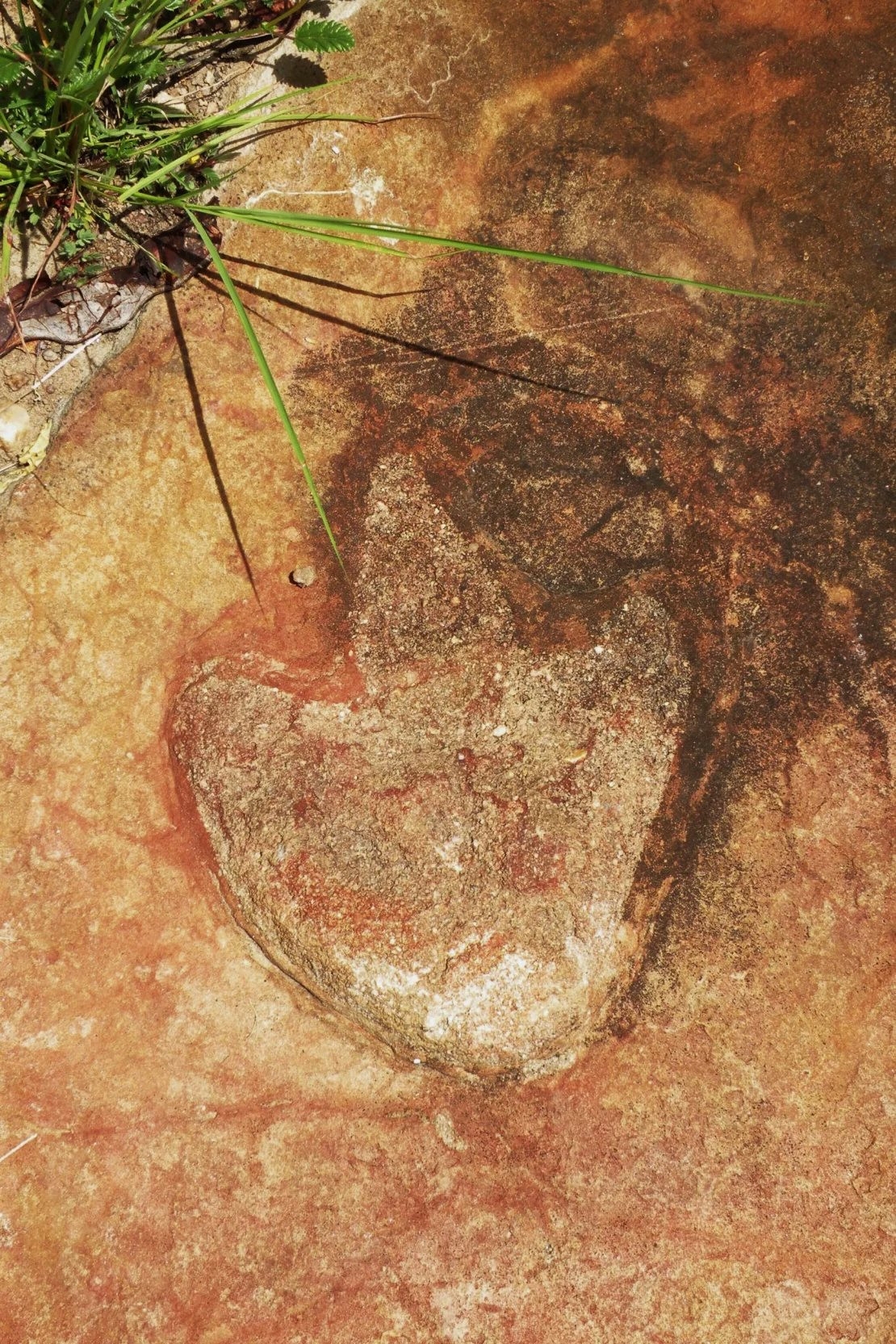
Lush basins for life
The footprints were preserved in mud and silt along ancient rivers and lakes that once existed on the supercontinent Gondwana, which split off from the larger land mass of Pangea, Jacob said.
“One of the earliest and narrowest geological connections between Africa and South America was the elbow of northeastern Brazil that ran close to the coast of what is now Cameroon along the Gulf of Guinea. The two continents were adjacent to each other along that narrow strip of land, so animals on either side of the connection were able to move across it,” said Jacobs.
Africa and South America began to separate about 140 million years ago. This separation created cracks in the Earth's crust, and as the tectonic plates beneath South America and Africa drifted away, magma in the Earth's mantle created new oceanic crust. Over time, the South Atlantic Ocean filled the space between the two continents.
But before this gradual change took place, different types of basins formed as the Earth's surface split apart, rivers poured into the basins, forming lakes, Mr Jacobs said.
The study authors found evidence of what is known as a hemi-trench basin in the Borborema region of northeastern Brazil and a similar basin in the Koum basin in northern Cameroon.
“A half-trench is a long basin formed by pulling apart the Earth’s surface with a fault forming on one side so that the valley floor slopes down toward the fault where the movement is occurring,” Jacobs added. “Rivers will flow down the valley and deposit sediment, which will then be eroded from the upper side of the valley.”
In both basins, researchers have found dinosaur tracks, ancient river and lake sediments, and fossilized pollen.
“Plants fed herbivores and supported the food chain. Muddy sediments left by rivers and lakes containing dinosaur footprints demonstrate that these river valleys may have provided specific pathways for life to move across continents 120 million years ago,” said Jacobs.
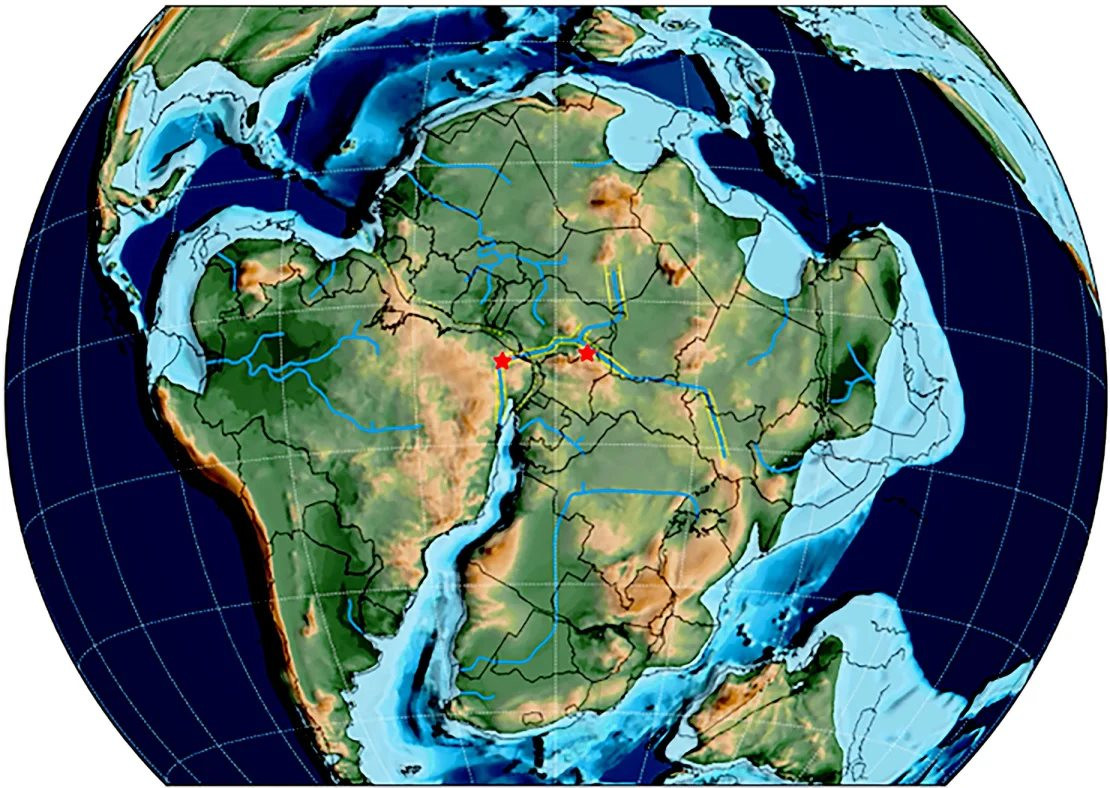
Footprints tell a story
While dinosaur fossils can provide unique insights into the animals that roamed the planet millions of years ago, their footprints provide other windows into the past.
“Dinosaur footprints are not uncommon, but unlike bones, footprints are evidence of dinosaur behavior, how they walked, ran or otherwise, who they were with, what environment they traveled through, what direction they went in and where they were when they did so,” said Mr Jacobs.
It's hard to know which specific dinosaurs moved along the basins, but they represent a larger portrait of ancient climates and how different animals thrived in the environments that continental rifts created.
For example, if your dog and a coyote walk across the same mudflat, you might know that two dogs walked there, that they look very similar, but you might not know whether they are different species, Mr. Jacobs said. The same goes for dinosaur tracks.
At that time, rainfall helped create a rainforest-like environment with abundant vegetation. Animals came to the basins from both present-day Africa and South America, causing their populations to mix.
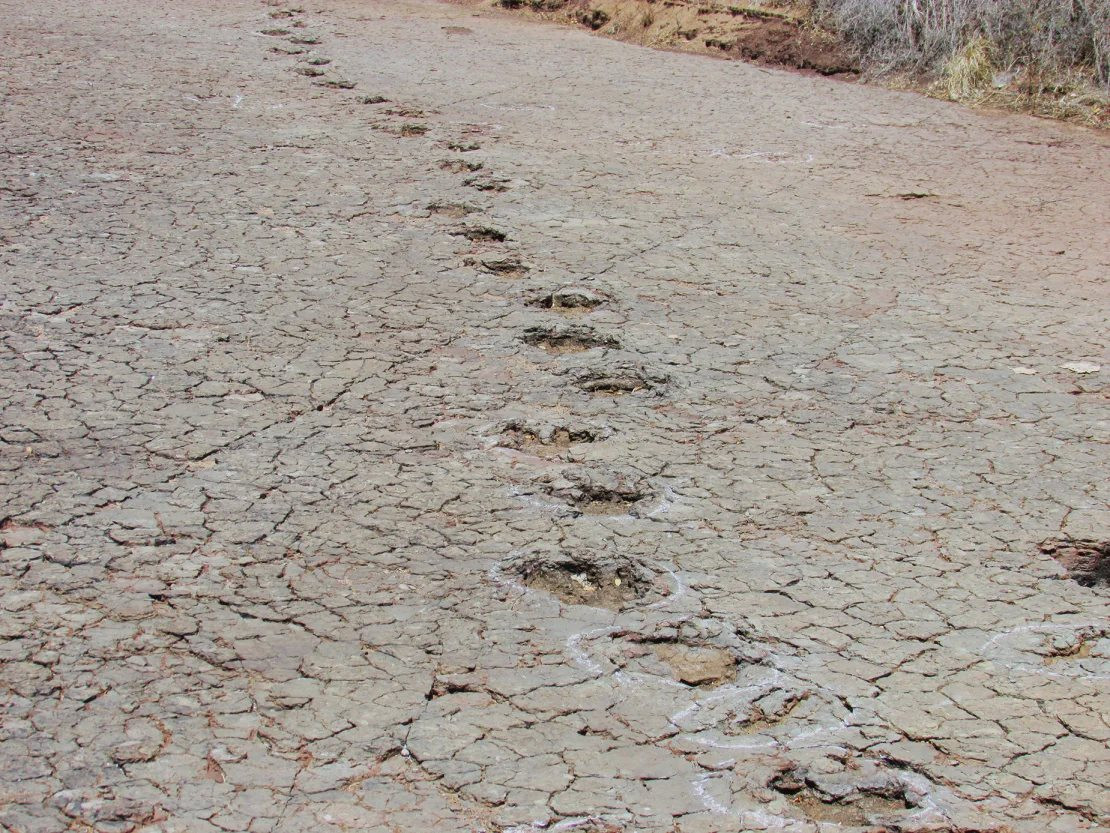
“Imagine a lush, open watershed with vegetation for herbivores and carnivores to follow. If there is no one in the new ‘territory,’ then animals will disperse into it, because there is no competition,” said study co-author Lawrence Flynn, assistant director of the School of American Prehistoric Studies and laboratory safety coordinator in the Department of Human Evolutionary Biology at Harvard University.
As the continents drifted apart, this disruption may have caused a break in genetic continuity, a major driver of evolution, Jacobs said.
The dinosaur tracks in Cameroon were first discovered in the late 1980s, and Mr Jacobs reported on them at the First International Symposium on Dinosaur Tracks, convened by paleontologist Martin Lockley in 1986.
Jacobs then connected with study author Ismar de Souza Carvalho, now a professor of geology at the Federal University of Rio de Janeiro. Jacobs was studying the movement of dinosaurs from the African side, while Carvalho was studying them from the Brazilian side.
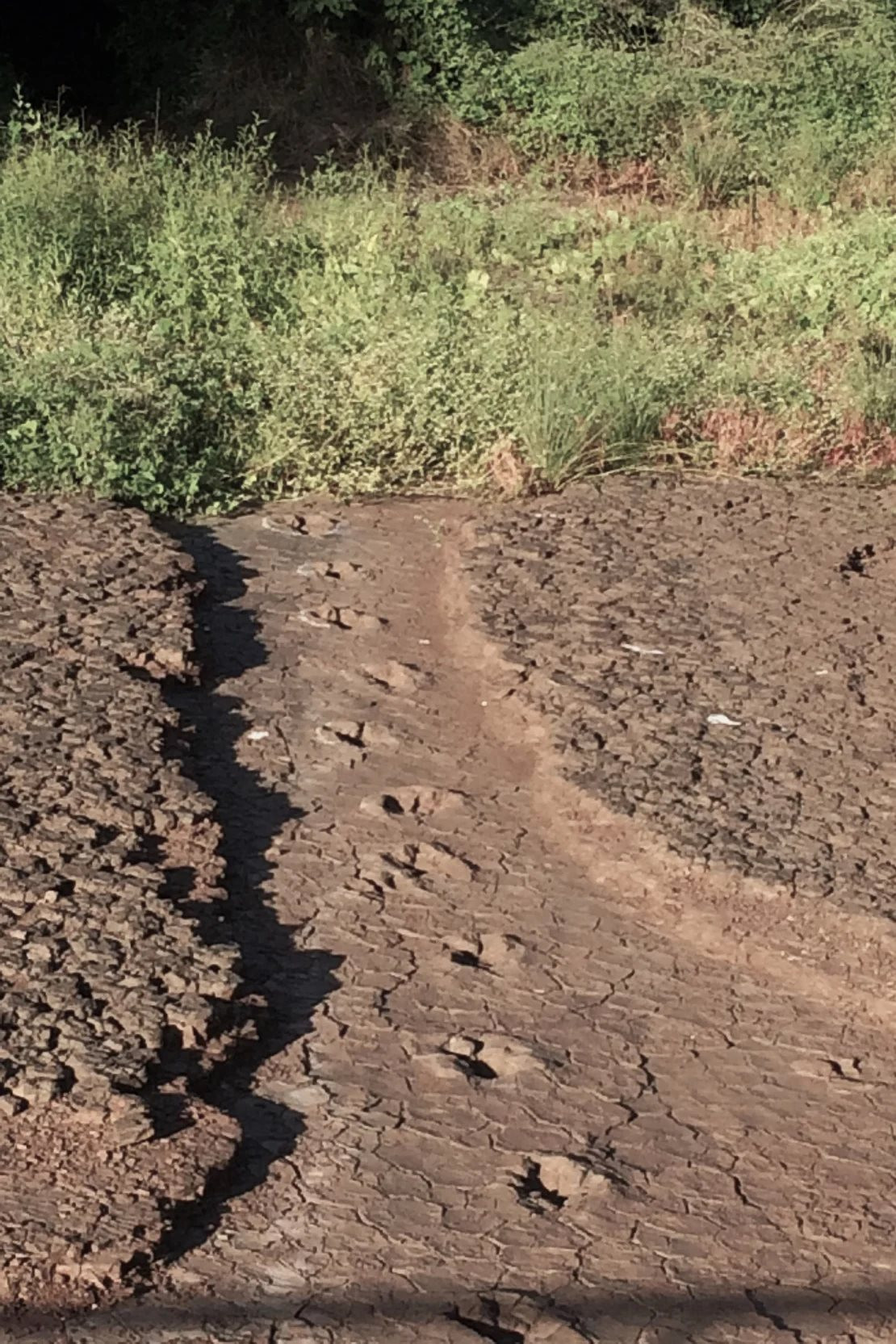
As they continued to study basins in Africa and South America over the following decades, Jacobs and Carvalho and their colleagues reviewed existing and new research and field work to analyze relevant aspects.
“We wanted to bring together the geological and paleontological evidence and piece it together to tell a more detailed story about where, why and when the dispersal between continents occurred,” Jacobs said. “Anyone can see that Africa and South America fit together like pieces of a puzzle. It’s easy to imagine that, in a connected world , animals, including dinosaurs, could and would have been able to move from one place to another.”
Source: https://daidoanket.vn/cau-chuyen-an-sau-dau-chan-khung-long-o-2-luc-dia-10289020.html











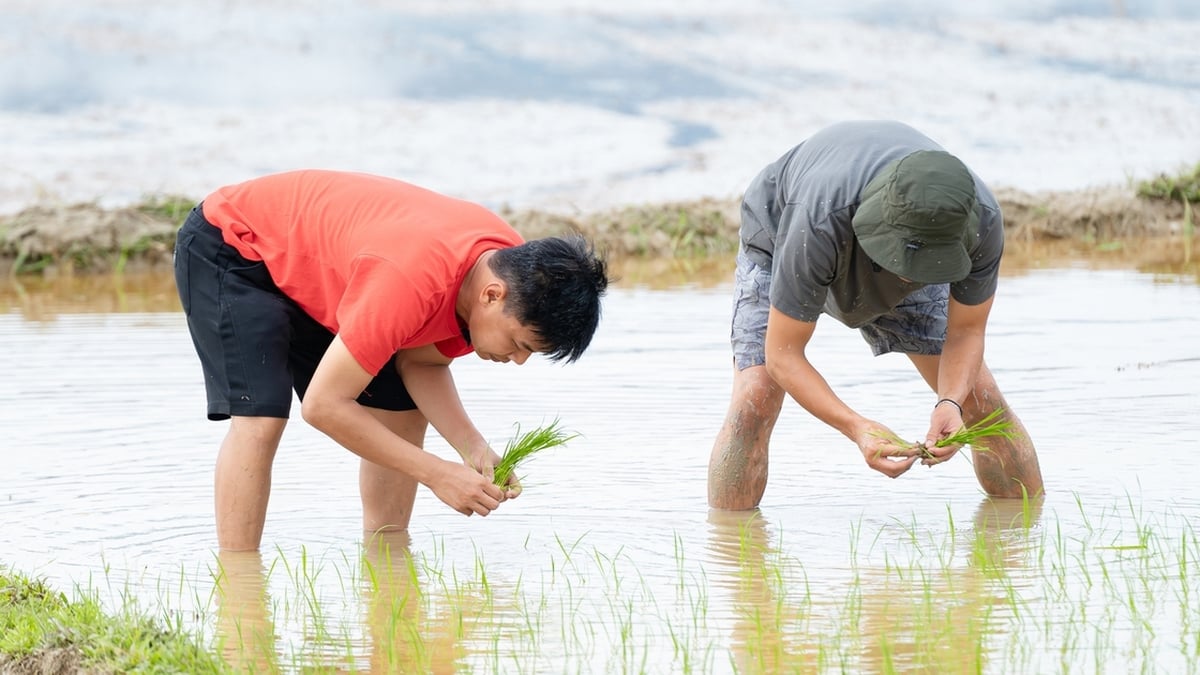



















![[Photo] National Assembly Chairman attends the seminar "Building and operating an international financial center and recommendations for Vietnam"](https://vphoto.vietnam.vn/thumb/1200x675/vietnam/resource/IMAGE/2025/7/28/76393436936e457db31ec84433289f72)


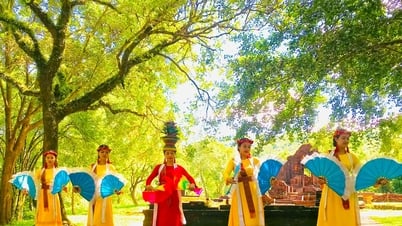

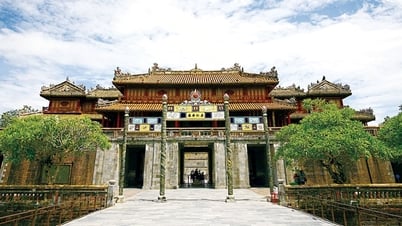

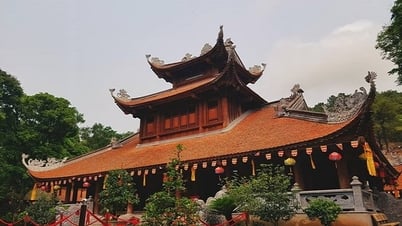



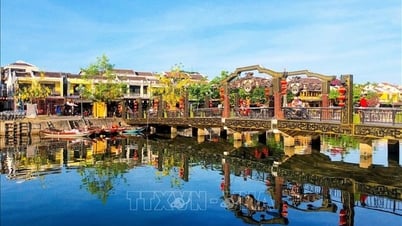


































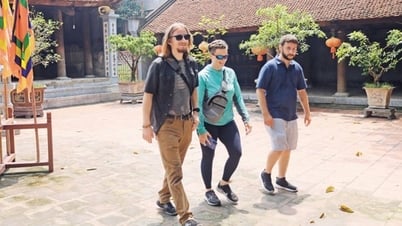























Comment (0)